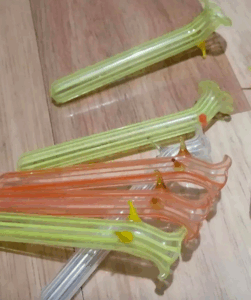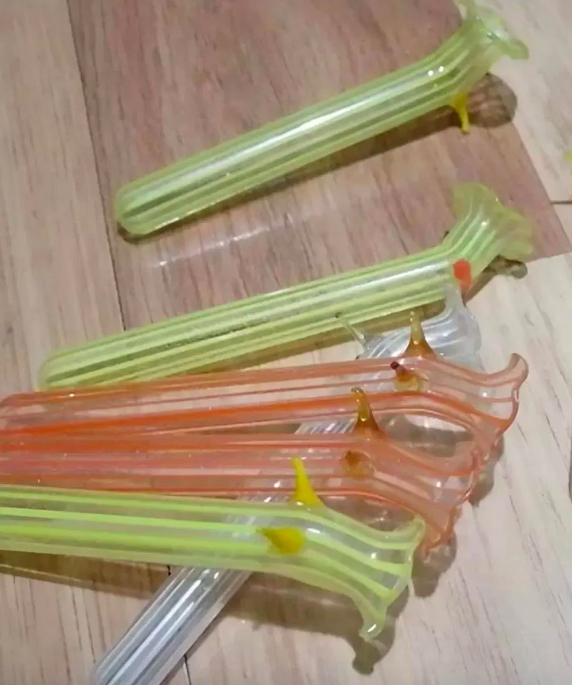As I was going through an old box, I stumbled across a handful of slender, colorful glass tubes with tiny hooks attached. At first glance, I assumed they were simple cocktail stirrers or perhaps fragments of vintage holiday decorations. But the more I held them, the clearer it became that they were too fragile, too carefully made, to serve such ordinary purposes.
The mystery was cleared up when my grandfather’s brother happened to see them. With a fond laugh, he explained: “Those aren’t decorations at all — they’re miniature vases, made to slip into the buttonhole of a suit.”
Suddenly, everything clicked. These delicate glass holders were designed to cradle just a drop of water, enough to keep a flower fresh all evening. It was a detail both practical and romantic. In those days, flowers were more than just ornaments — they carried meaning. A crisp white carnation might mark a wedding, a rose would signal courtship, an orchid for a night at the theater — every bloom sending a message without words.

The tiny vases did more than preserve a flower. They reflected a culture of attentiveness, of grace, of quiet elegance in presentation. Contrast that with today’s world, where getting dressed often means grabbing jeans and a T-shirt before rushing out the door. Holding those vases reminded me that true refinement often resides in the smallest details: a thoughtful gesture, a bloom that speaks volumes without a single syllable.
Now, those miniature vases rest on a shelf in my home. They are fragile reminders of a time when beauty revealed itself in subtle rituals. And they continue to whisper that even in modern life, we can still weave a little poetry into the everyday.

